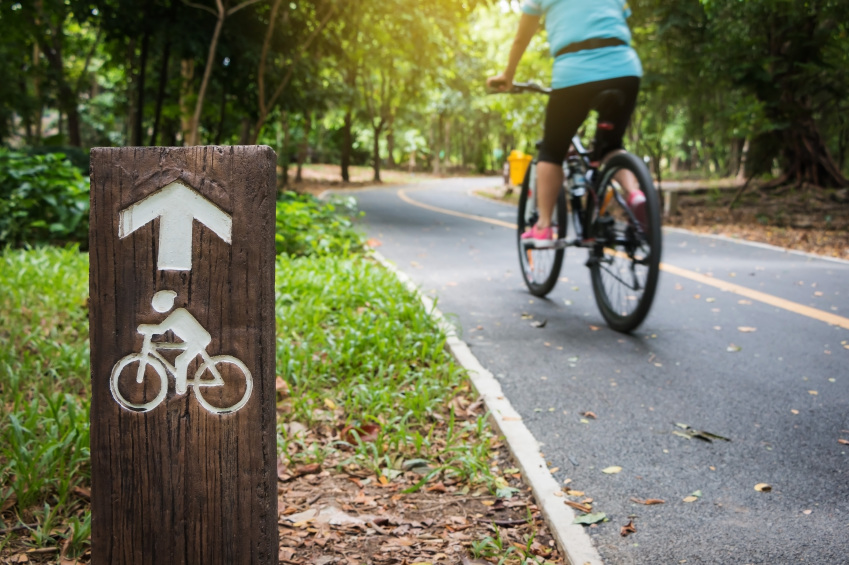As spring awakens, more cyclists are going to be taking to the road and trails. While some are more seasoned cyclists, spring is also the time when more newbies try the sport, which means more people may be dealing with aches and pains that cycling can bring, either from accidents or overuse injuries.
To avoid those pains that may hamper one of the best riding seasons, cyclists can a few easy steps, according to Mike Ball, owner of Velocity Bike & Bean, the specialty bike shop in Florence.
“The most important step they can take is to make sure they’ve got proper equipment and, especially if they’re not very experienced, make sure you’ve got a proper fit with your bike,” he says. “An improper fit will surely lead to injuries, or at least enough discomfort where you’re ride’s a lot less enjoyable.”
Accidents, from hitting something while you’re riding or something ““ like a car ““ hitting you, is a major cause of cycling injuries, so a helmet is a must, according to Ball. So is reflective or highly visible clothing and riding gear.
Buying your bike, or getting work done at a specialty shop like Velocity, Ball says, will help make sure your bike is properly set up, too.
“Experienced cyclists know when something isn’t fitting right. The same thing may not occur to a new rider or someone who hasn’t been riding in a while,” he says.
Some common biking injuries:
- Broken bones: The most common broken bone injuries associated with cycling collisions are the bones in the shoulder and wrist. Experts have this tip: If you’re falling off your bike, resist the urge to extend your arm to soften your fall. Let your body absorb the blow, and keep your hands on your handlebars. If you’re wearing a helmet and other proper gear, you’re likely to be just fine.
- Achilles tendonitis: A poor fit or improperly positioned cleats can lead to this inflammatory overuse injury. A shooting pain or dull ache in the back of your ankle is a red flag. Once you notice it, back off riding and ice it to reduce the inflammation, while taking ibuprofen for pain management. Doctors advise you stay off your bike until the pain is gone ““ don’t try to fight through it.
- Patellar tendonitis: Another overuse injury, this knee-based pain usually comes from having your seat set too low or riding for too long in higher gears. The result is an over-dependence on glutes and quads, putting extra pressure on the knee tendon. As well making proper adjustment to the seat, try varying your pedal speed, experts say.
- Lower back or neck pain: In a poorly fitted bike, or hours spent in aggressive riding position, back pain is very common. First, make sure your bike is properly fitted for you. Second, a regimen of core-strengthening exercises can help you avoid those pains that can grow into a real medical problem.
Neck pain related to a poor fit is also quite common. Ask your cycle shop to adjust the handlebar height or move your seat forward to reduce stress of your trapezious muscle, which is the root of neck pain.
Cycling is a growing sport, especially in the area.
“It’s gotten very big in other areas, but we’re catching up,” Ball, who has been catering to riders for four years at his Florence shop, says.
“You see groups cycling all the time, now. Cycling’s becoming huge, especially in Northern Kentucky,” he adds.

